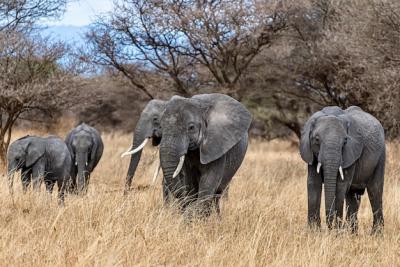Chinstrap Penguin on Paulet Island, Antarctica – Pygoscelis antarcticus | Free Download
Chinstrap Penguin - A Unique Species from Paulet Island, Antarctica
The Chinstrap Penguin, scientifically known as Pygoscelis antarcticus, is a fascinating bird that captures the heart of many wildlife enthusiasts. This captivating creature is found primarily on Paulet Island in Antarctica, where harsh conditions shape its lifestyle and habits.
Physical Characteristics
Chinstrap Penguins are easily recognizable due to their distinctive black cap and the narrow band of black feathers that runs under their heads, resembling a chinstrap. Here are some characteristics that make them special:
- Size: Typically, they stand about 68 to 76 cm tall.
- Weight: Adult penguins weigh between 3.5 to 6 kg.
- Color: Their feathers are primarily black and white, helping them blend into their icy habitats.
Habitat and Behavior
Chinstrap Penguins thrive in the cold, rocky environments of Antarctica. Paulet Island provides a perfect breeding ground for these birds. They typically prefer areas that are free from thick ice, which allows them easy access to the sea for feeding. Here are some interesting behaviors:
- Social Structure: They are highly social and are often seen in large colonies.
- Nesting: They build nests from stones and often return to the same site each year.
- Feeding: Their diet mainly consists of krill, fish, and squid.
Life Cycle
The life cycle of the Chinstrap Penguin is an enchanting process. After a courtship display, the female lays two eggs. Hereâs a brief overview of their life stages:
- Egg Laying: Usually occurs around October to November.
- Incubation: Both parents take turns incubating the eggs for about 35 days.
- Chick Rearing: Once hatched, chicks are cared for by both parents until they are ready to fledge.
The Importance of Conservation
As with many species in the Antarctic region, Chinstrap Penguins face challenges due to climate change and human activities. Protecting their habitat is essential to maintaining a stable population. Here are ways we can contribute to their conservation:
- Support Conservation Efforts: Engage with organizations working to protect Antarctic wildlife.
- Spread Awareness: Inform others about the challenges these penguins face.
- Responsible Tourism: Ensure that your travel practices do not harm their habitat.
Conclusion
The Chinstrap Penguin of Paulet Island represents not just a unique wildlife experience but also a symbol of the fragile ecosystems in Antarctica. Understanding and appreciating these birds can drive efforts to protect them and their environment. Their presence is a reminder of the wonders of nature and the importance of preserving it for future generations.












